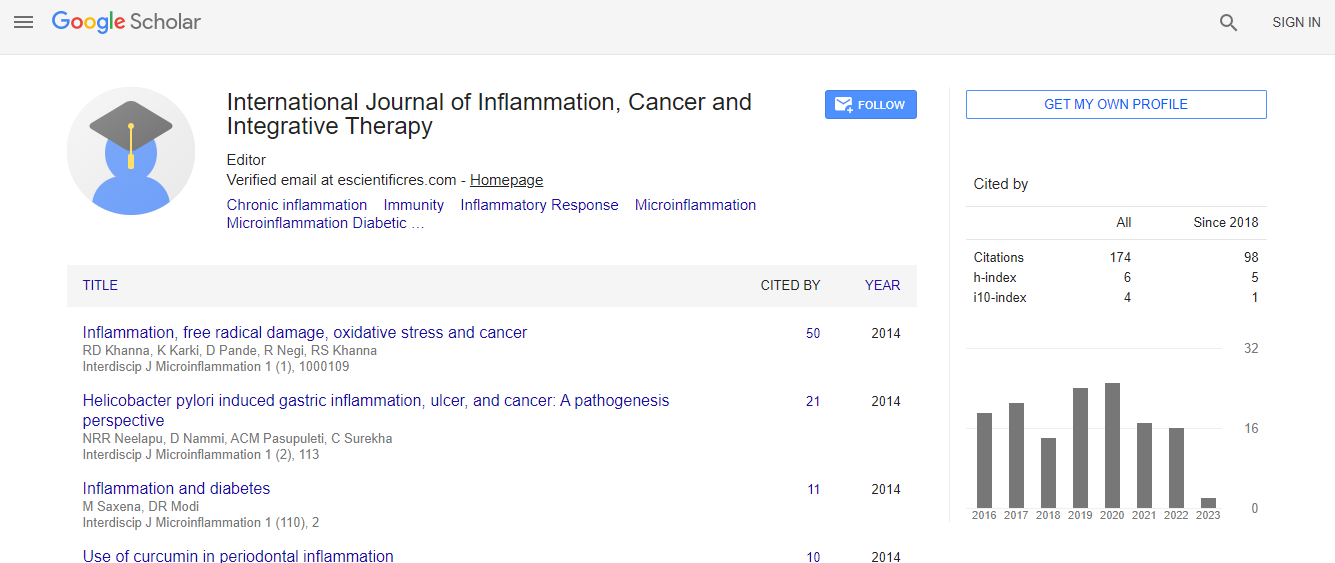Review Article
Microinflammation as a Candidate for Diabetic Nephropathy
Amal Abd El hafez*Pathology Department, Faculty of Medicine, Mansoura University, Egypt
- *Corresponding Author:
- Dr. Amal Abd El hafez
Sultan Bin Abdulaziz Humanitarian City
Riyadh, 11536, P.O. box 64399, Kingdom of Saudi Arabia
Tel: +966557662665
E-mail: amalabdelhafez@gmail.com
Received date: May 30, 2014; Accepted date: June 05, 2014; Published date: June 07, 2014
Citation: El hafez AA (2014) Microinflammation as a Candidate for Diabetic Nephropathy. Microinflammation 1:101. doi: 10.4172/2381-8727.1000101
Copyright: © 2014 El hafez AA. This is an open-access article distributed under the terms of the Creative Commons Attribution License, which permits unrestricted use, distribution, and reproduction in any medium, provided the original author and source are credited.
Abstract
Diabetic Nephropathy (DN) is a major cause of mortality in patients with Type 1 and 2 diabetes throughout the world. This review draws attention to the important role of microinflammation and the complex pathways implicated in the development and progression of DN. These pathways include the collaboration of metabolic, hemodynamic and hormonal factors with oxidative stress in patients with genetic susceptibility to create an inflammatory milieu. The key role of inflammatory cells in the kidney, particularly infiltrating macrophages and T-lymphocytes is highlighted. The major inflammatory cytokines and chemokines, receptors, adhesion molecules as well as transcription factors and transduction pathways involved in the pathogenesis of DN are also discussed. Understanding of these inflammatory pathways guides important therapeutic appliances and improves the discovery of new therapeutic targets that can be translated into clinical treatments for DN.

 Spanish
Spanish  Chinese
Chinese  Russian
Russian  German
German  French
French  Japanese
Japanese  Portuguese
Portuguese  Hindi
Hindi 
